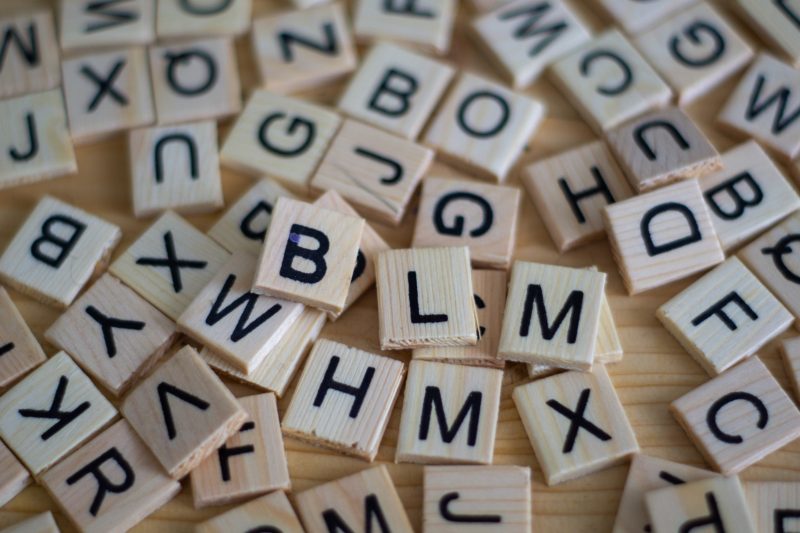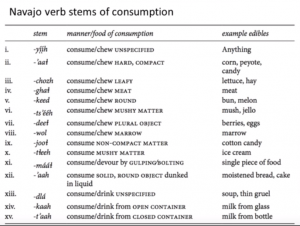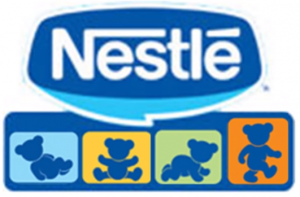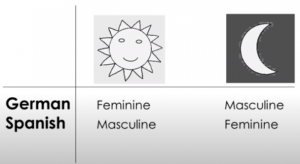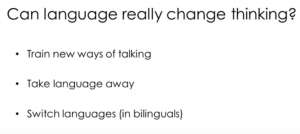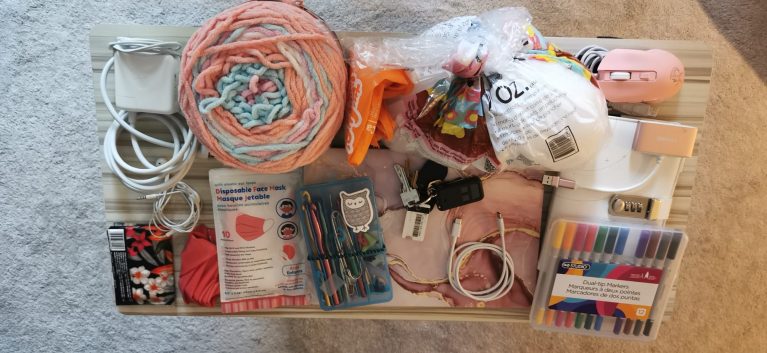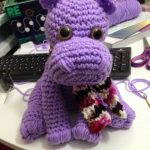This week I am tasked to create a story using text to speech. In 5 minutes, I thought up a story and spoke to it like I am talking with a friend. Below is the story:
Why did I decide to play drums instead of other melodic instruments I grew up actually learning how to play piano my mom really loved the piano and really wanted me to play it I got to level seven of piano and I actually really enjoyed playing piano but I for some reason even after practicing for a long time I just never got to the level where the other kids were and I think my mom was very concerned about oh you know Mary might not be able to pass this very well you know she might not understand the note notation very well and it’s true and notes were very hard for me to read I tried to memorize the you know notations to you know timing and everything like that but it took me longer to learn than other kids so I’m with the limited amount of financial backup that our family have we decided to stop after we hired one of the private teachers for a very last day I remember very you know clearly my mom was like you know Mary I can’t afford you know providing you a teacher anymore for private piano lessons so do you still want to do this if not we’re going to cancel this and I just thought you know if Financial is really a thing you know that hinders me to progress I’d rather not waste my mom’s money maybe I could put it into other things so I decided to quit piano moving forward I was also involved with a lot of you know a community activities and you know I hung out with kids who are really good at piano really good at guitar good at base but there was never like a solid drummer that was available and so I’m like wow you know this might be an Avenue that I can perhaps fit in that I can help out with if I cannot understand the notation of piano maybe I can work with drums and so I decided to take lessons drumming lessons and my goodness I thought it was so fun like I picked up the sticks and the rest were history I think I just fell in love with the instrument my mom bought me an acoustic set I just would not stop playing even though the neighbors kept complaining I just really enjoyed you know just playing along with music being able to provide the beats and the rudiments to back up everyone the other reason why I enjoyed it is because I’m not much of a singer so I you know I can speak music through through beats and and Rhythm and I don’t have to talk and be insecure about my speech impairment and that a lot of people notice whenever they start talking to me to my mother’s dismay I never ended up continuing with piano and she but she was very supportive of of me playing drums i you know even though it was challenging for a while even though I can pick up the Beats of the song and just by listening to it they were a lot of little things that caused issues when I was playing with the band and you know I found out they were actual rudiments and notation that I had to learn throughout my time learning with the teacher and over time you know throughout my teen years I grasped the concepts and I was able to apply it and it was a much smoother time than you know learning through YouTube or you know or other like virtual software rather than here by my side and coaching me and picking up any errors that I do yeah it was very good and this is why I started playing drums
2. identify and analyze what you got, using the following questions as a guide:
- How does the text deviate from conventions of written English?
The text that was generated by Ai lacked punctuation and grammar. For example, after a few sentences, a new paragraph should be formed. However, the text generator just kept listening and then generating text as it came out. I find that spoken language is quite different from written language. Written language is often more formal and there is no slang included.
- What is “wrong” in the text? What is “right”?
The AI correctly capture and generate text based on what I spoke. However, I had to manually add in punctuation afterwards. There may be a feature that does this… or perhaps I have to verbally tell them create paragraphs, for example.
- What are the most common “mistakes” in the text and why do you consider them “mistakes”?
That is an interesting question, I automatically thought it was a mistake because I assumed that the text generator would auto generate sentences, or re-arrange words to create sentences. However, if I do not verbally tell them to do so, is it really a mistake?
- What if you had “scripted” the story? What difference might that have made?
I would have more time to plan and organize my thoughts. I felt like what I spoke was all over the place. Half way through I lost track of where my story was going so I began to fill in more information that may/may not be relevant to the story
- In what ways does oral storytelling differ from written storytelling?
Oral storytelling can be more casual, and no one really notices poor grammar unless the sentence structure is not proper.
The sentence structure of a written storytelling can be more polished since the author will have more time to plan.
